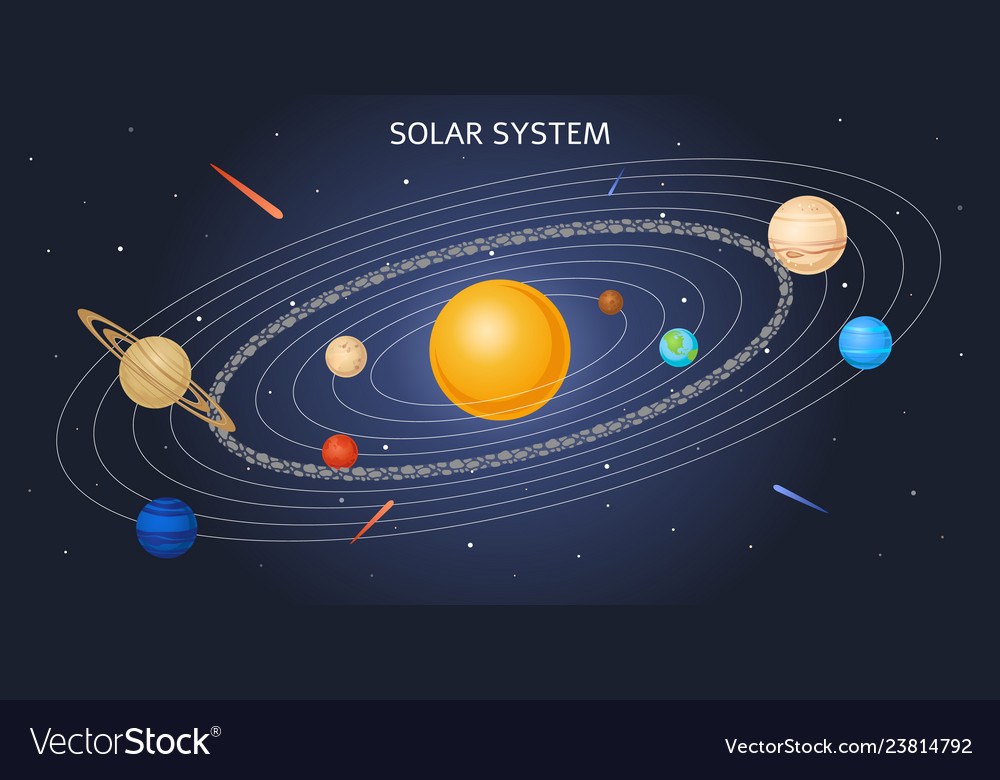
Planetary Motion
Assessment
•
Meghan RolesvilleHS
•
Science
•
9th - 11th Grade
•
807 plays
•
Hard
Improve your activity
Higher order questions
Match
•
Reorder
•
Categorization
.svg)
actions
Add similar questions
Add answer explanations
Translate quiz
Tag questions with standards
More options
11 questions
Show answers
1.
Multiple Choice
What shape is Earth's orbit?
circle
ellipse
square
spiral
2.
Multiple Choice
What is Kepler's 1st law?
The planets orbit in an ellipse
The plants move faster when they are closer to the sun and slower when they are further from the sun
The farther a planet is from the sun the slower the orbit
(P2 = a3)
3.
Multiple Choice
What is Kepler's 2nd law?
The planets orbit in an ellipse
The plants move faster when they are closer to the sun and slower when they are further from the sun
The farther a planet is from the sun the slower the orbit
(P2 = a3)
4.
Multiple Choice
What is Kepler's 3rd law?
The planets orbit in an ellipse
The plants move faster when they are closer to the sun and slower when they are further from the sun
The farther a planet is from the sun the slower the orbit
(P2 = a3)
5.
Multiple Choice
The center of mass between two objects. This is what the planets truly orbit.
barycenter
precession
nutation
ellipse
6.
Multiple Choice
Earth's wobble cause by the gravitational pull from the Sun & Moon. This changes the direction of the Earth's axis and will cause the north star to change over time.
barycenter
precession
nutation
ellipse

Explore this activity with a free account
Find a similar activity
Create activity tailored to your needs using
.svg)

The Sun
•
8th Grade

Solar System
•
9th Grade

Solar System
•
4th - 6th Grade

Solar System
•
6th - 8th Grade

Tools for Space Exploration
•
4th Grade

Space Technology
•
8th Grade

Sun, Earth, and Moon
•
5th Grade

Gravity in Space and Objects in the Solar System
•
8th Grade